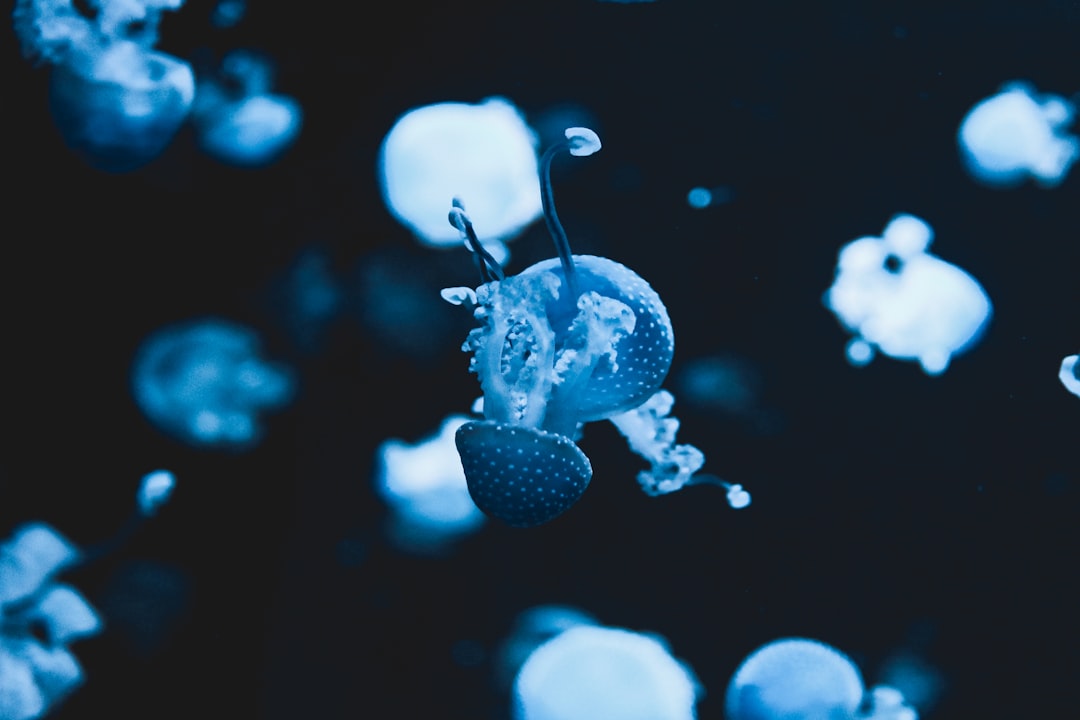What is it about?
To understand how nervous systems work, neurobiologists are trying to compile wiring diagrams of neurons and their connections. The compilation of a comprehensive map of a whole nervous system was first tried using the small round worm Caenorhabditis elegans, because it has a very small nervous system of only 302 neurons. However, even with so few neurons there are still thousands of connections and the map is not yet complete. What makes it even harder is the fact that some types of connections are difficult to identify, especially gap junctions, which allow direct electrical coupling of cells. But since they are crucial to understand the map, we established a method to make them easier to spot. We stained these connections using fluorescent dyes to make them visible and then imaged them with a special high-resolution light microscope. We then imaged the same area again with an electron microscope. This allows us to view the outline of neurons. By overlaying these two images, the connections can be seen as highlighted spots between the neurons, allowing us to confidently identify and map them. This brings us one step closer to mapping an entire nervous system.
Featured Image
Why is it important?
Connectomics research is booming right now. Many scientists are trying to compile maps of wiring diagrams of ever increasing brain sub-volumes and constantly push for technical advances to handle the immense requirements for sample preparation, data generation, and data analysis. This research is crucial to understand how nervous systems work and might one day allow mankind to understand, copy, and edit consciousness. Virtually all efforts for mapping synapses have focused exclusively on chemical synapses, however. The other kind, electrical synapses or gap junctions, are arguably equally important for brain wiring diagrams, since they directly electrically couple neurons. But since gap junctions are hard to distinguish in electron micrographs, they have been mostly ignored up to now. Including them is crucial for obtaining a more complete and functionally understandable connectome. With our work we offer a method for the mapping of gap junctions that is comparatively easy to apply and allows for precise and confident localization. It even offers information about the molecular identity of the gap junction proteins. Thus, this work represents an important advancement in the field of connectomics.
Read the Original
This page is a summary of: Filling the gap: adding super-resolution to array tomography for correlated ultrastructural and molecular identification of electrical synapses at theC. elegansconnectome, Neurophotonics, May 2016, SPIE,
DOI: 10.1117/1.nph.3.4.041802.
You can read the full text:
Contributors
The following have contributed to this page










